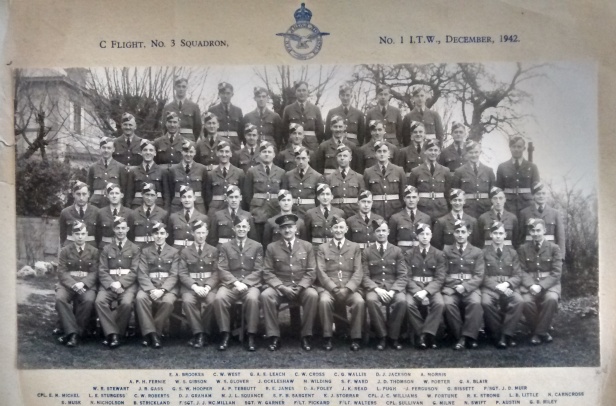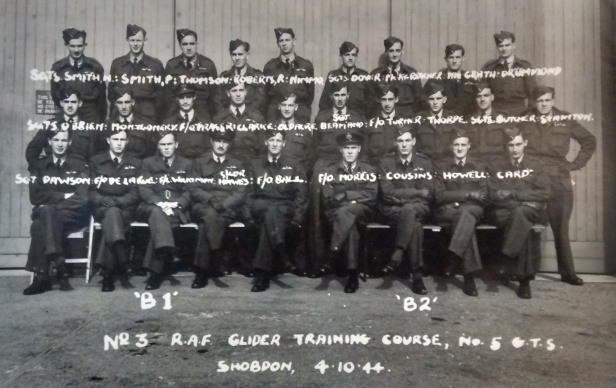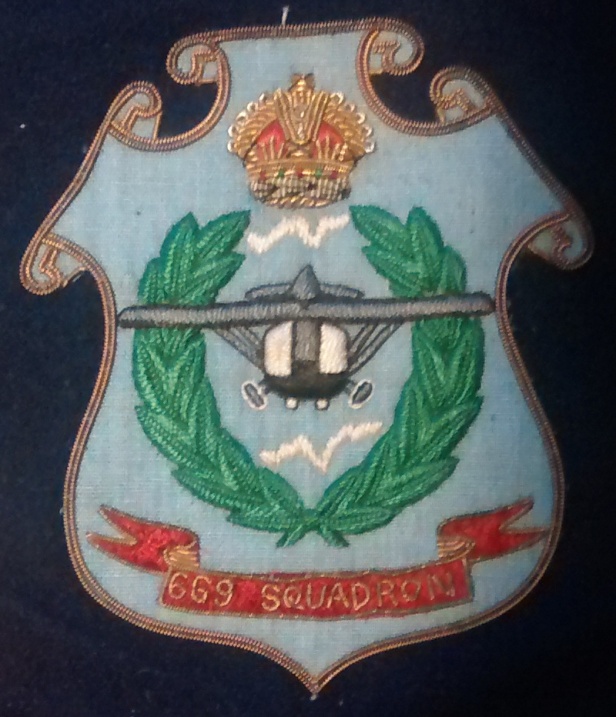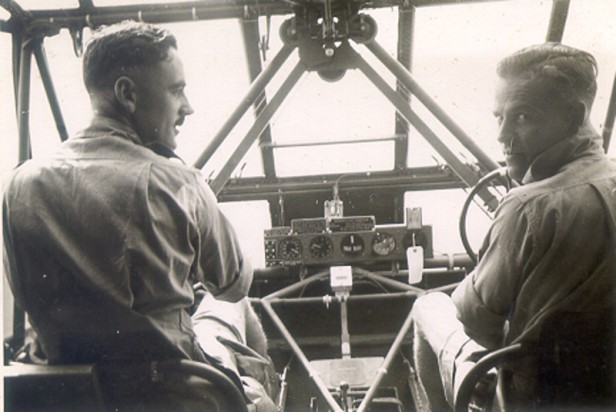This post was originally written for a veterans support project which I had been doing some work for. It was an example for a “veterans stories” section on what would have been their website. The story is that of my own grandfather in WWII. The original version will be taken down shortly and I wanted to post it here for posterity.
In 1942 James D. Thomson, originally from Portgordon on the Moray Coast, enlisted in the Royal Air Force at the recruitment office in Dundee. After initially being put on reserve, he worked for the Coventry Gauge and Tool Company which had been relocated to Brechin. In his spare time he was a member of the home guard.
Upon being called up he undertook basic training and initial flight training in England before shipping to Canada aboard the Mauritania, arriving at Halifax Nova Scotia. He then undertook a 3 day rail journey to Yorkton for EFTS where he trained on Cesna Crane aircraft.

He returned to the UK on board RMS Queen Elizabeth and was mid Atlantic when news of the Dambusters raid came through. While waiting for a posting, volunteers were sought to undertake glider training. He did his conversion training on British gliders in the UK before being flown out to India aboard a Dakota transport. This in itself was a major undertaking as the flight path had to avoid ongoing conflict. His flight took him to Istre airfield beside Marseilles which had only been liberated the day before. German aircraft sat on the airfield although all troops were forbidden from going near them for fear of booby traps. The next stops were Gibraltar, Cairo, Bagdad, Kishm (Iran), Karachi then finally Basal in India.

In Basal a cooperation squadron of RAF and Army pilots was formed, this was 669 Squadron. The British made wooden gliders were unsuitable for tropical climates due to the plywood construction. The squadron had to wait for the arrival of American made Hadrian gliders. This waiting time was taken up with jungle training. The gliders duly arrived in packing cases and everyone was involved in their assembly.

After several months of training the squadron was ready for service, intended to deliver troops as part of an assault on Burma. Had this mission gone ahead it would have been fraught with dangers as the gliders would have had to land in jungle clearings, during the night. However, the atomic bombing of Hiroshima and Nagasaki and the resultant surrender of Japan foreshortened the war meaning the squadron was never used on active service.

He was then posted to air traffic control duties in Karachi before returning to the UK in 1946 by sea. Following his RAF service he trained as Technical Teacher and taught in the Buckie area.
James Thomson died peacefully, with family by his side on the 11th of February 2018. He was 94 years old.
